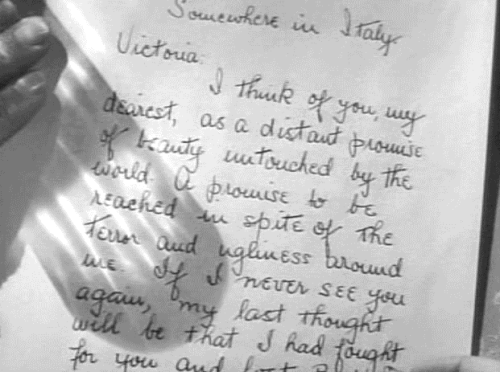 A husband with a fatal medical condition, trying to provide for his family by performing illegal services for a conglomerate. A wife doing what she can to get through it and make ends meet with a simple job. A cop who is too close to the situation and questions whose side he is on.
A husband with a fatal medical condition, trying to provide for his family by performing illegal services for a conglomerate. A wife doing what she can to get through it and make ends meet with a simple job. A cop who is too close to the situation and questions whose side he is on.
Sound familiar? Nope, I’m not actually describing the plot of Breaking Bad. The above are the main highlights of The Bribe, a lesser-known Noir from 1949 starring Robert Taylor, Ava Gardner, John Hodiak, Vincent Price and amazingly enough, Charles Laughton.
[Warning – there will be some frank talking about plot points of Breaking Bad here. If you wish to avoid spoilers and have not seen the final season, avert your eyes now!]
To anyone who has seen the film, it’s not a really solid parallel, no. John Hodiak’s character is pathetic, pitiable and rather annoying, but he is by no means Walter White. He merely develops a medical condition that grounds him as a flier and then uses his knowledge of planes to help a deliciously evil Vincent Price test planes for nefarious ends. Ava Gardner as his wife does not experience the incredible transformation of character Skyler White goes through, but she does show glimmers of the calculating femme fatale Skyler became. Especially when her family (in this case, husband John Hodiak) is on the line. Robert Taylor shines as the special agent sent to ferret out the illegal dealings. He’s straight as a pin when he begins the crusade and by the end of the film, his feelings for Ava have so changed him, he questions everything he ever believed in. It’s somewhat like Walter White’s DEA brother-in-law Hank Schrader, who suffers such a betrayal with Walt’s choice of career, it causes him to become obsessed with taking Walt down.
The movie is an enjoyable Noir with some gorgeous 40s fashions, a fun little song and a host of remarkable stars. But by far, my favorite aspect of all is Charles Laughton’s Pie Shape. The fact that the great Charles Laughton would ever deign to play such a preposterous character is notable in itself. And then to have played him with such sincerity and perfection, it’s just unforgettable. Pie Shape is hard to peg at first. He’s just in the background, being remarked upon with bewilderment by Robert Taylor’s character. In between his whiny complaints about the condition of his feet and his completely serious showcase of the foot x-rays explaining his pain, he somehow becomes endearing. And that is the genius of Laughton: the ability to make even the most unlikable of characters human.
So, perhaps my parallel is a stretch, but it’s similar enough to deserve commentary, even if it’s purely coincidental. And being the rabid classic film fan I am, I would love to believe The Bribe was a source of inspiration to Vince Gilligan. Plus, there is one little line that connected a few dots for me in the similarities. When Ava Gardner is having a particularly hard time of it with her husband, Charles Laughton walks in, sets down his rain soaked poncho and asks “Things breaking bad?”

























_06.jpg)
_02.jpg)
_04.jpg)
_05.jpg)
_01.jpg)













 ^This has got to be one of the craziest scenes of all time: Joan Greenwood riding in a hearse with Hayley and Peter in the back, trying to get through a street celebration and being attacked by bizarre revelers!
^This has got to be one of the craziest scenes of all time: Joan Greenwood riding in a hearse with Hayley and Peter in the back, trying to get through a street celebration and being attacked by bizarre revelers! ^EhHEM! Just when did Hayley learn to drive a speedboat?
^EhHEM! Just when did Hayley learn to drive a speedboat? ^Cats are everywhere in this film! Look at this unbelievable cat bed! Lap of luxury for kitty!
^Cats are everywhere in this film! Look at this unbelievable cat bed! Lap of luxury for kitty! ^I was so sad when it ended. Did anyone else think it ended rather abruptly?
^I was so sad when it ended. Did anyone else think it ended rather abruptly?





